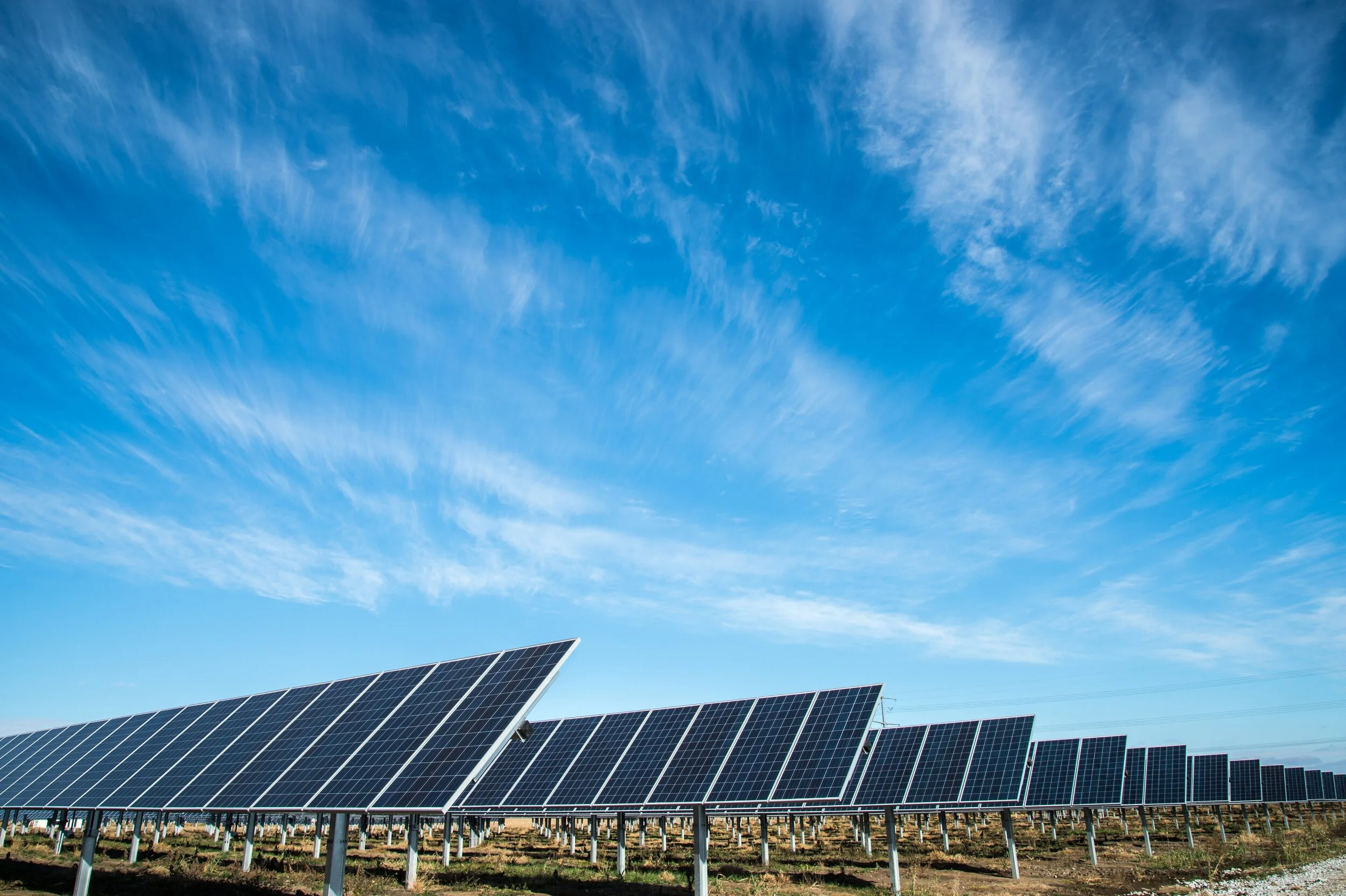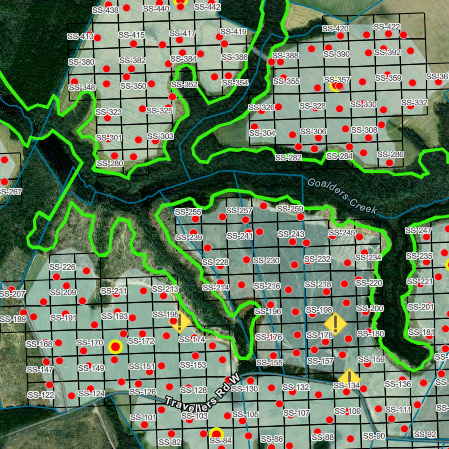Minimize environmental impacts and reduce risk with expert safety audits and EHS compliance consulting for wind energy development projects.
Wind Power Plant Safety Assessments
On-site safety audits are key for the safe construction and operation of wind power plants.
As the need for harnessing sustainable energy grows so does the necessity to maintain the resources that make this possible. Wind power plants are an example of such a resource. Therefore, it is vital to protect these investments by performing periodic safety assessments. Not only is this important for maintaining regulatory compliance but third-party safety audits provide much-needed support in preventative maintenance of equipment and/or operations, as well as keeping employees safe.
KERAMIDA performs on-site audits and provides observations and review of documentation to determine any gaps in safety. Each finding will be listed in a report according to the level of severity with associated corrective actions. All notable accomplishments will be included within this report as well as all recommended best industry management practices.
Our experienced Safety Professionals will evaluate:
General Condition and Maintenance
Office buildings
Warehouses
Substations
Windmills
Electrical
Energy control program
Lock-out/Tag-out procedures
Labeling
Arc flash protection
Hazard Communication
Hazard communication program
Safety data sheets
Labeling
Powered Industrial Vehicles
Inspections
Permit-required Confined Space
Permit space program
Signage
Hearing Conservation
Hearing conservation program
Audiometric testing
Personal Protective Equipment
Hazard assessments
Hot Work
Compressed Gas Cylinders
Storage
Crane and Hoist Operation
Rigging inspections
Walking-working Surfaces
Slip, trip, and fall hazards
Ladders (portable and fixed)
Fall Protection
Harness and lanyard inspections
Railing and self-closing safety gates
Emergency Action
Emergency action plan
Inclement weather (icy conditions, wind, snow, tornado, etc.)
Workplace violence
Active shooter
Fire Prevention
Fire prevention plan
Fire hazards
Fire extinguishers
Employee Training
Policies, procedures, and programs
Accident and Injury/illness Reporting
Bloodborne Pathogen and Exposure Control (if applicable)
Exposure control plan
Respiratory Protection (if applicable)
Respiratory protection program
Fit testing
Medical
Additional safety considerations may include:
Lone worker
Wildlife
Communication
Heat and cold stress
Ergonomics
Security
Site access
Contractor and visitor
Related Services:
As an experienced partner to the Solar Power Industry, KERAMIDA provides pre-planning and construction services for major solar power development projects. Our experienced environmental inspectors are available for on-site environmental inspections of solar development sites throughout the U.S. We are a WBENC-Certified Woman-Owned Company.
KERAMIDA is a leading health and safety services firm with decades of EHS experience. We help companies manage risk, assure OSHA compliance, and improve health & safety performance. We are experts in silica exposure, H&S program development, ISO 45001 Occupational Health & Safety MS, audits, and training.
KERAMIDA is a leading provider of environmental, health & safety audits for manufacturing facilities in various industries. Our EHS auditors have over 20 years of experience performing multi-facility audits quickly, including Environmental audits, OSHA audits, ISO audits, PSM audits, Energy Use audits, and TSCA audits.
KERAMIDA provides environmental, health and safety compliance services to a variety of industries. Our EHS regulatory compliance experts have extensive experience in auditing, permitting, and reporting for hazardous waste, hazardous materials, stormwater, air emissions, water discharges, worker safety, and more.
KERAMIDA provides crisis management consulting and emergency response planning and training to ensure companies have the resources necessary to successfully handle worst case scenarios. We have developed emergency response plans for power plants, manufacturing facilities, distribution centers, and utilities, worldwide.
KERAMIDA's highly experienced team of professionals provide environmental, health and safety training services for companies in every industry. Our EHS training courses include ISO 14001 internal auditor, OSHA training, near miss reporting, health & safety procedures, stormwater pollution prevention training, and more.
Analyze, visualize, manage, and present your environmental and sustainability data with GIS. KERAMIDA excels in helping clients find unique and innovative ways to answer complex questions utilizing field-driven data. Our GIS specialists use ArcGIS for data collection in the field for anything from Environmental Inspection to Quality Assurance.

















